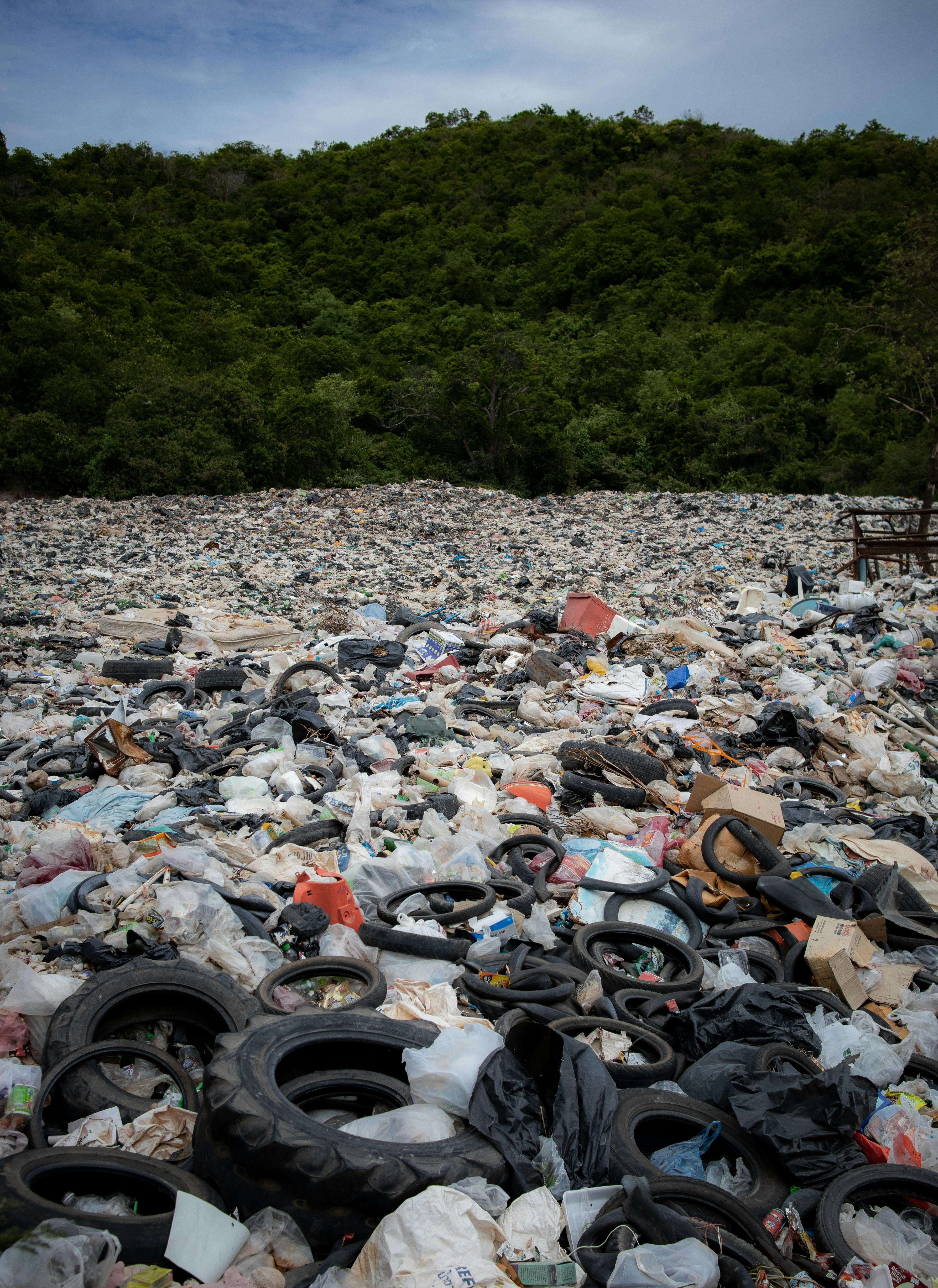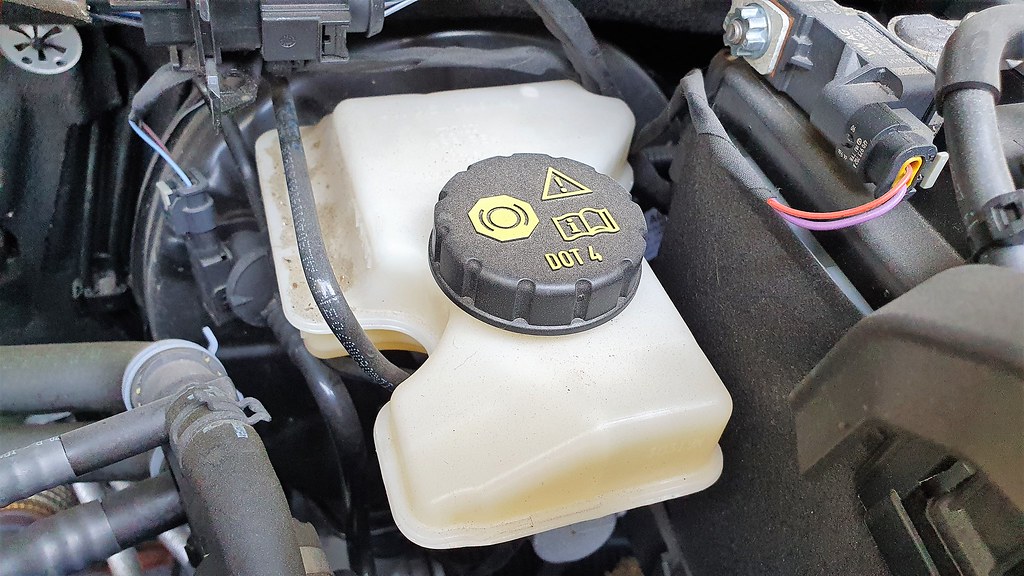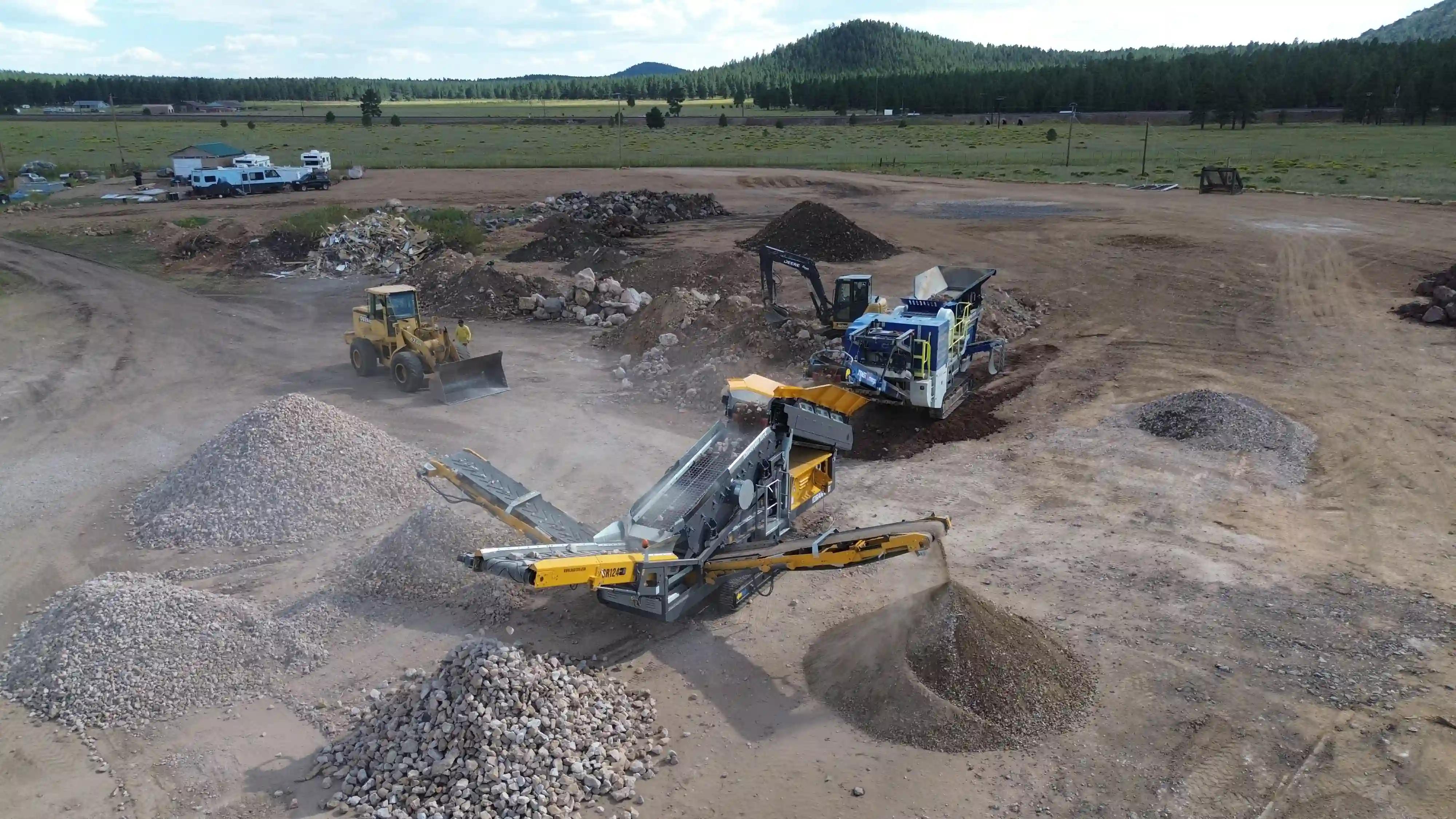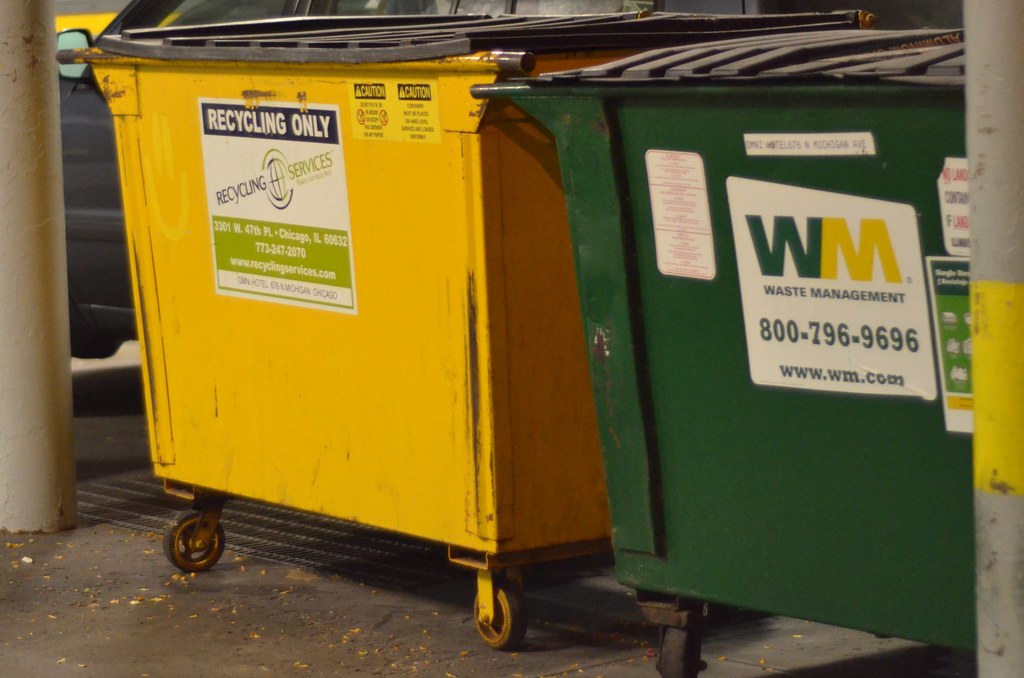
The journey of an automobile, from the assembly line to the open road, eventually leads to a crucial decision point: what becomes of it when its active service life concludes? While the allure of new vehicles with advanced technologies and improved fuel efficiency often captures attention, the environmental legacy of older cars remains a significant concern. Many vehicles sit unused, leaking harmful fluids and emitting toxic substances, contributing to pollution, waste, and resource depletion.
For consumers, understanding the environmental hazards associated with an aging vehicle is the first step toward making informed and responsible choices. Instead of allowing these vehicles to deteriorate, recycling provides a crucial and responsible pathway to minimize their environmental impact and foster sustainability. This comprehensive guide aims to illuminate the multifaceted ways old cars affect our environment and highlight why their proper handling, particularly through recycling, is essential for a healthier planet.
This article will explore the direct environmental harm posed by older vehicles, delve into the benefits and processes of car recycling, and discuss the broader implications for global sustainability and specific communities. By examining these critical aspects, consumers can gain a clearer perspective on the imperative of responsible vehicle disposal and the opportunities it presents for environmental protection.

1. **Soil and Water Contamination from Leaking Fluids**
Old vehicles harbor a variety of fluids essential for their operation, yet highly detrimental to the environment if released. These include engine oil, coolant, brake fluid, and transmission fluid, all of which contain hazardous chemicals. When old cars are left to sit unused or are improperly disposed of, the seals and hoses degrade, leading to inevitable leaks into the surrounding environment.
Once these fluids seep into the ground, they directly contaminate soil, rendering it toxic and unsuitable for plant life. This impacts local ecosystems by harming vegetation and the microorganisms that form the base of the food chain. The contamination doesn’t stop at the soil; these harmful substances can then leach into nearby groundwater sources, rivers, and streams, polluting vital water supplies that support both human and animal life.
The consequences of such contamination are far-reaching. Aquatic ecosystems suffer severely, as these chemicals can be lethal to fish and other wildlife, disrupting the delicate balance of their habitats. For humans, contaminated water sources pose serious health risks if consumed or used for agriculture. Addressing these leaks and preventing improper disposal is a critical component of safeguarding our natural resources.

2. **Air Pollution from Outdated Engines**
Beyond fluid leaks, older cars are a notorious source of air pollution, significantly contributing to urban smog and climate change. As vehicles age, their engines become less efficient due to wear and tear, and their emission control systems degrade or become outdated. This means that they often produce more carbon emissions and a higher concentration of harmful gases compared to modern vehicles.
Specifically, worn-out engines and outdated exhaust systems in older cars release elevated levels of carbon monoxide, nitrogen oxides (NOx), and hydrocarbons. These pollutants are key components of smog formation, which can impair respiratory health and reduce visibility. Nitrogen oxides, in particular, contribute significantly to smog and acid rain, further exacerbating air quality issues and damaging ecosystems.
Crucially, vehicles built decades ago were not designed with today’s stringent environmental regulations in mind. They often lack advanced technologies, such as highly effective catalytic converters, which play a vital role in converting harmful gases into less toxic substances before they are emitted. Without a properly functioning catalytic converter, an old car can release dangerous levels of CO2 and NOx into the atmosphere, directly contributing to the warming of our planet and the deterioration of air quality, leading to health issues.
Read more about: Buyers Beware: 14 Car Mods That Are a Total Waste of Money and Could Land You in Trouble

3. **Excessive Waste from Non-Biodegradable Materials**
The materials composing an automobile present another significant environmental challenge if not managed responsibly at the end of a vehicle’s life. Cars contain a diverse array of materials, many of which are non-biodegradable and persist in the environment for extended periods. These include various metals, plastics, and rubber components, all designed for durability rather than rapid decomposition.
If old cars are not recycled, these non-biodegradable materials inevitably end up in landfills. There, they occupy vast amounts of space and can take decades or even centuries to break down, if they break down at all. This contributes significantly to the growing problem of landfill overflow, placing immense pressure on waste management systems and consuming valuable land resources that could be used for other purposes.
Consider the sheer volume: millions of tons of metal, plastic, and rubber are contained within the global fleet of vehicles. The improper disposal of these materials represents a monumental waste of resources and a long-term environmental burden. For instance, tires alone take hundreds of years to decompose in landfills, releasing toxic chemicals into the environment during their slow degradation process. This highlights the urgent need for comprehensive recycling solutions.
Read more about: The Great Cuke Conundrum: Unwrapping the Mystery Behind Plastic-Wrapped English Cucumbers for Curious Minds

4. **The Role of Car Recycling in Reducing Waste**
Fortunately, car recycling offers a powerful antidote to the problem of excessive waste generated by end-of-life vehicles. Rather than allowing old cars to contribute to environmental damage through landfill disposal, recycling ensures they are processed in an eco-friendly way, actively diverting valuable materials from the waste stream. This practice is central to a more sustainable approach to automotive consumption.
Through systematic recycling processes, millions of tons of metal, plastic, and rubber are prevented from reaching landfills annually. Auto recyclers operate by carefully dismantling cars, extracting useful materials and components that can be reused or repurposed. This meticulous process ensures that a significant portion of a vehicle’s mass, which would otherwise become waste, is instead given a new life.
By facilitating the recovery and reuse of materials, car recycling plays a crucial role in waste reduction. It transforms what would be an environmental liability into a resource. The materials extracted are then channeled back into new manufacturing processes, whether for new vehicles or other industries, thus closing the loop and reducing the overall demand on landfill capacity.
Read more about: From Unsinkable Confidence to Underwater Tragedy: An In-Depth Chronicle of the RMS Titanic’s Final Hours and Enduring Legacy

5. **Conservation of Natural Resources through Recycling**
Beyond waste reduction, car recycling is a fundamental practice for conserving our planet’s finite natural resources. The mining and manufacturing of new metals from raw materials are incredibly resource-intensive processes, requiring significant energy expenditure and the extraction of vast quantities of virgin resources from the earth. These activities can lead to habitat destruction, pollution, and a substantial environmental footprint.
Recycling car parts directly mitigates this demand for new metal production. By recovering and processing metals like iron ore, aluminum, and copper from old vehicles, we reduce the need to mine for these resources. This preservation extends the lifespan of our natural deposits and lessens the environmental impact associated with primary resource extraction, such as land degradation and water usage for mining operations.
For example, using recycled steel can save up to 75% of the energy typically required to produce new steel from iron ore. This significant energy saving, coupled with the reduced need for raw material extraction, underscores the powerful role of car recycling in fostering resource conservation. It’s an efficient way to keep valuable materials in circulation, contributing to a more sustainable industrial economy.
Read more about: The 14 Best Celebrity-Owned Brands That Are Actually Eco-Friendly and Changing the Game for a Sustainable Future

6. **Lowering Carbon Emissions through Recycling**
Another profound benefit of car recycling lies in its capacity to lower carbon emissions, thereby combating climate change. The manufacturing of new vehicle components, particularly those made from virgin materials, is an energy-intensive process that generates a large carbon footprint. This includes emissions from mining, refining, smelting, and fabrication, all of which release greenhouse gases into the atmosphere.
By recycling car parts and utilizing recovered materials, the need for new production is significantly reduced. This directly translates into a decrease in the energy required for manufacturing, which in turn cuts greenhouse gas emissions. For instance, recycling aluminum requires only about 5% of the energy needed to produce new aluminum from bauxite ore, resulting in substantial CO2 savings.
The ripple effect of these reduced emissions is considerable, helping to mitigate the overall impact of the automotive industry on climate change. By embracing recycling, we actively contribute to a lower global carbon footprint, supporting broader efforts to achieve zero-emission targets. It exemplifies how sustainable practices in one sector can have a profound positive influence on global environmental health.
Read more about: A Budget Breaker on Four Wheels: 7 Electric Cars Buyers Say Require Costly Battery Replacements

7. **Key Steps in Vehicle Recycling: Fluid Removal and Inspection**
The effective recycling of a vehicle is a systematic process designed to maximize material recovery while minimizing environmental harm, beginning with crucial initial steps. When an old car enters a recycling facility, the first order of business is a thorough inspection to determine the condition of its various components and identify which parts can be safely reused or refurbished.
Following the inspection, one of the most critical stages involves the careful removal of all hazardous fluids. Vehicles contain a range of liquids—such as oil, fuel, coolant, transmission fluid, and brake fluid—that are highly toxic and can cause severe environmental damage if leaked or improperly handled. These fluids are meticulously drained and stored in specialized containers to prevent any contamination of soil or water sources.
This precise fluid removal not only safeguards the environment but also prepares the vehicle for subsequent dismantling stages. It transforms a potential source of pollution into a controlled process, ensuring that dangerous substances are contained and often recycled or disposed of responsibly. This foundational step is essential for the integrity of the entire recycling operation and its environmental benefits for consumers and the planet.” , “_words_section1”: “1945

8. **Dismantling and Salvaging Usable Parts**
Following the meticulous removal of hazardous fluids, the next essential phase in vehicle recycling involves the careful dismantling and salvaging of usable parts. This step is critical not only for maximizing material recovery but also for extending the lifespan of functional components. Specialized auto recyclers systematically go through the vehicle, identifying and extracting parts that are still in good condition and can be given a second life.
Functional components such as engines, transmissions, batteries, and tires are prime candidates for removal. These parts are often in sufficient condition to be reused directly in other vehicles, reducing the need for new manufacturing and thus conserving the resources and energy that would otherwise be expended. This process directly supports cost-effective repairs for other car owners and lessens the environmental footprint of automotive maintenance.
Beyond direct reuse, many components are also earmarked for refurbishment. Parts like alternators, starter motors, and certain electronic modules can be repaired, tested, and certified for reliability. This refurbishment allows these components to be re-integrated into the automotive supply chain, ensuring that valuable materials and complex assemblies remain in use for longer periods and further delaying their eventual disposal as waste.”, “

9. **Crushing and Shredding for Material Separation**
Once all usable parts have been meticulously salvaged and hazardous fluids safely removed, the remaining skeleton of the car proceeds to the crushing and shredding stage. This phase is designed to efficiently reduce the vehicle’s bulk and prepare its constituent materials for advanced separation. The car body, now a hollow shell, is compressed into a compact block, significantly reducing its volume for easier handling and transportation.
Following crushing, these compact blocks are fed into powerful shredders. These industrial machines break down the vehicle’s remaining structure into much smaller, manageable pieces. This mechanical fragmentation is a crucial step that liberates the various materials from one another, enabling their subsequent separation based on their physical and chemical properties.
The shredded materials, a heterogeneous mix of metals, plastics, rubber, and fabrics, are then subjected to sophisticated sorting processes. Advanced technologies, including magnetic separation, eddy currents, and air classifiers, are employed to efficiently separate ferrous metals (like steel and iron), non-ferrous metals (such as aluminum and copper), and different types of plastics and rubber. This precise material separation is paramount for ensuring the purity of the recovered resources, making them suitable for high-quality recycling and reuse in new products.”, “
Read more about: Uncut Gems: Deconstructing the High-Octane Thriller That Redefined Cinematic Intensity

10. **Processing and Reuse of Recovered Materials**
With materials meticulously separated, the final stages of vehicle recycling involve their processing and eventual reuse, completing the circular journey of automotive components. The recovered metals, which constitute a significant portion of a car’s weight, are particularly valuable. These metals are transported to specialized processing facilities where they are melted down.
The melting process transforms the scrap metals into new raw materials, such as ingots or billets, which can then be directly integrated into various manufacturing industries. Recovered metals like steel and aluminum are extensively used in new vehicle production, construction, and even electronics. This approach substantially reduces the demand for newly mined materials, leading to considerable energy savings and a reduced environmental footprint compared to virgin material production.
Beyond metals, plastic and rubber materials recovered from end-of-life vehicles are also repurposed for a wide array of applications. Recycled plastics can find new life in automotive components, furniture, and packaging, while rubber from tires can be used in playground surfaces, asphalt modifications, or even new tire manufacturing. This comprehensive reuse of materials underscores the profound environmental benefits of car recycling, ensuring that valuable resources are kept in circulation and diverted from landfills.”, “

11. **Promoting a Circular Economy through Vehicle Recycling**
Vehicle recycling is a cornerstone of the burgeoning circular economy model, offering a sustainable alternative to the traditional linear ‘take-make-dispose’ approach. Instead of discarding vehicles at the end of their operational lives, recycling initiatives are designed to keep materials in use for extended periods. This fundamental shift reduces waste generation, conserves finite natural resources, and supports more sustainable production cycles across various industries.
By systematically dismantling cars and recovering valuable materials like metals, plastics, and rubber, the recycling process ensures these resources are not lost to landfills but are instead channeled back into manufacturing. This continuous loop minimizes the extraction of virgin raw materials, which is often an energy-intensive and environmentally damaging process. For instance, using recycled steel can save up to 75% of the energy typically required for new steel production.
Furthermore, the growing demand for scrap metal across construction, manufacturing, and electronics sectors provides a strong economic incentive for recycling. This not only makes recycled metal a cost-effective alternative to newly mined materials but also supports the automotive industry itself, as many car manufacturers integrate recycled content into new vehicle production. This interconnected system fosters economic efficiency while significantly decreasing the environmental degradation associated with extensive mining activities, thereby reinforcing a robust circular economy.”, “
Read more about: Your Ultimate Lifehacker Guide: 12 Simple Steps to Recycle Old Car Batteries Safely and Maximize Your Refund

12. **The Global Trade of Old Cars and its Consequences**
The environmental impact of old cars extends far beyond their country of origin, with a complex global trade system contributing to widespread pollution and safety concerns. Developed countries frequently export vast numbers of older, often more polluting vehicles to low- and middle-income nations, effectively creating an easy disposal option for their aging fleets. This practice has significant consequences for both climate change and public health on a global scale.
A United Nations Environment Programme (UNEP) report highlighted that approximately 14 million vehicles were exported to low- and middle-income countries between 2015 and 2018, with more than half of these vehicles ending up in Africa. The European Union alone was responsible for exporting about 7.5 million vehicles during this period. Alarmingly, many of these exported vehicles often fail to meet the safety or emission standards prevalent in their countries of origin.
Compounding the problem, some of these vehicles are stripped of essential parts or safety features, such as air filters, prior to export. This results in the proliferation of unroadworthy and environmentally damaging cars, leading to increased accidents and fatalities in importing nations. Experts, including Rob de Jong from the UNEP, emphasize that regulating this used car trade is indispensable for the world to achieve its zero-emission targets under the Paris Agreement on climate change, advocating for coordinated standards between exporting and importing countries.”, “
Read more about: Are You That Enthusiast? Unmasking the 11 Automotive Hurdles That Annoy Collectors and Neighbors Alike.
13. **Disproportionate Environmental Impact on Communities of Color**
Despite improvements in air pollution across the U.S. over the last five decades, a critical environmental justice issue persists: the disproportionate impact of pollution from older vehicles on communities of color. While emissions from pollutants like carbon monoxide and nitrogen oxides have decreased overall, a small subset of older, dirtier vehicles continues to contribute a significant share of total pollution, often concentrated in areas where vulnerable populations reside.
Historical practices, such as redlining, have confined people of color to areas with high rates of toxic tailpipe emissions and proximity to industrial facilities. Consequently, these communities are more likely to experience higher exposure rates to various air pollutants compared to their white, non-Hispanic counterparts. A Yale University study, for instance, found that Hispanics had the highest exposure rates for 10 out of 14 pollutants, and African Americans experienced higher exposure for 13 out of 14 pollutants.
This inequitable distribution of environmental burdens means that communities of color face heightened risks from air and water pollution, extreme weather events, and the health impacts of climate change. They are often more likely to own older, less fuel-efficient vehicles that exacerbate these health disparities. Addressing this requires not only efforts to reduce overall pollution but also targeted policies that rectify past injustices and ensure fair environmental treatment for all, irrespective of race, ethnicity, or income.”, “
Read more about: Beyond the Hype: Unpacking the Myriad Reasons Why Self-Driving Cars May Never Truly Work

14. **Economic Burden and Mobility Challenges for Low-Income Households**
For low-income households, the reliance on older vehicles presents a complex interplay of economic burdens and critical mobility challenges. These households are frequently compelled to own older, more polluting cars due to financial constraints, which then expose them to a higher risk of health issues stemming from increased emissions of carbon monoxide, nitrogen oxides, and particulate matter. Furthermore, older cars are generally more expensive to fuel and maintain, adding to the financial strain on these communities.
Paradoxically, car ownership is a well-established pathway to economic mobility for low-income individuals. Having access to a vehicle significantly expands employment opportunities, making it easier to commute to work, secure more hours, and ultimately earn higher incomes. This is especially true in suburban areas or regions with limited public transportation, where a car can be the deciding factor in gaining and retaining employment, helping families improve their economic situation.
This dilemma creates a significant challenge for policymakers seeking to balance environmental sustainability with social equity. While promoting car ownership can enhance economic prospects, it also contributes to environmental pollution. Solutions involve encouraging the adoption of used low- and zero-emission vehicles through financial incentives and responsible recycling initiatives. Additionally, policies that consider the impact of fees on older cars, ensuring that environmental benefits are realized without disproportionately penalizing vulnerable families, are crucial for a just transition to cleaner transportation systems.
Read more about: 15 Practical Strategies to Conquer the Housing Crisis: Your NerdWallet Guide to Sustainable Solutions
Choosing to responsibly manage the end-of-life of an old vehicle is a decision that resonates far beyond individual convenience. It’s a proactive step towards mitigating widespread environmental hazards, from localized contamination to global climate change. By embracing comprehensive recycling solutions and advocating for equitable policies, consumers play a vital role in fostering a sustainable automotive future. Your old car, rather than being a burden, can become a catalyst for positive environmental and social change, transforming into valuable resources that benefit both industries and communities alike.”,” _words_section2″: “1778



.jpg)
